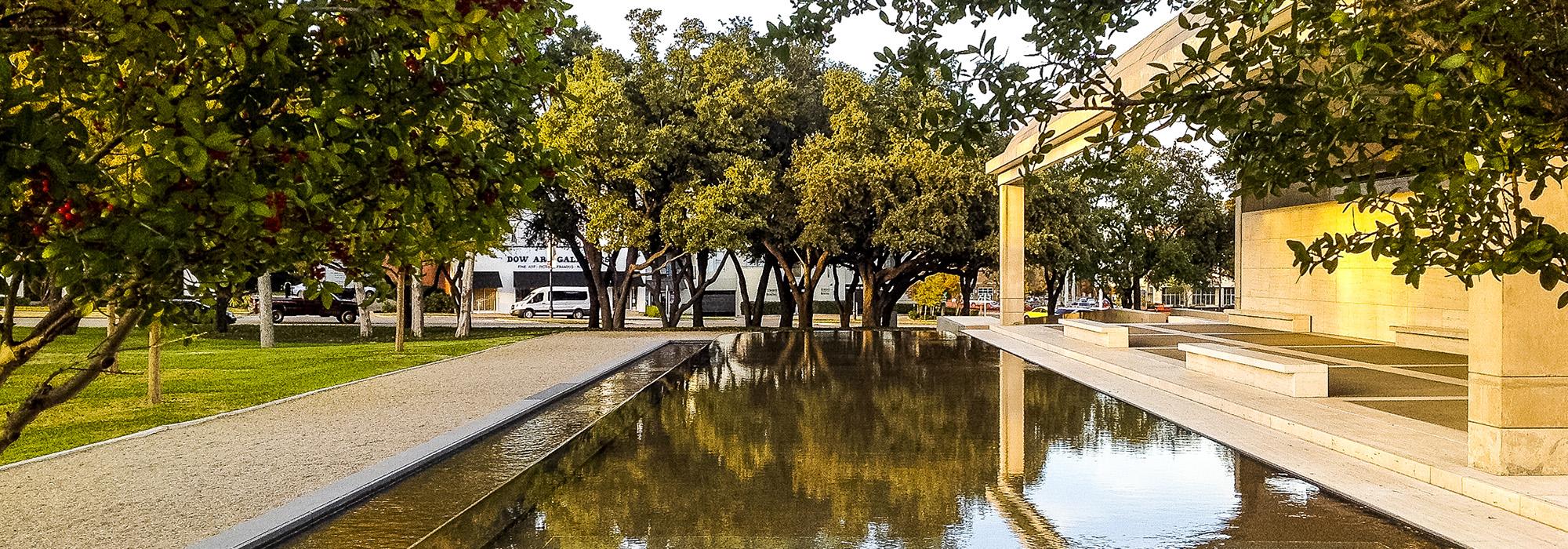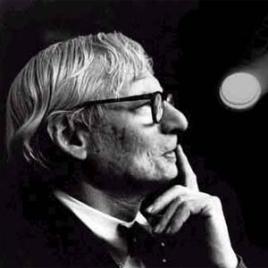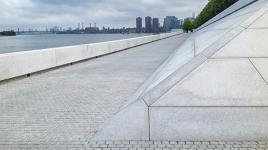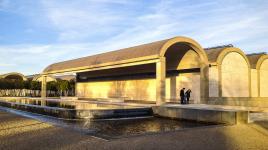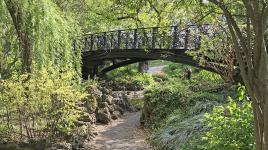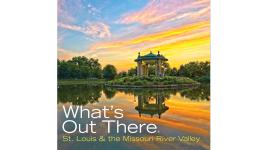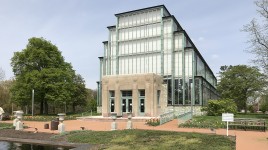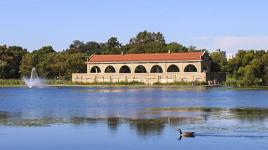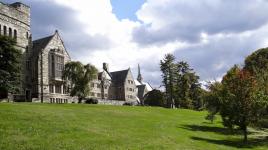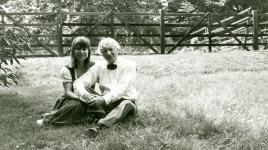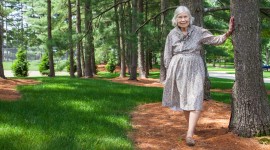Pioneer Information
Born in Eastern Europe, Kahn immigrated to the U.S. with his family during childhood and studied architecture in the Beaux-Arts tradition at the University of Pennsylvania, graduating with a B.Arch. in 1924. He started an architectural practice in 1935, collaborating with George Howe, Oskar Stonorov, and Anne Tyng on residential and public housing projects from his Philadelphia offices, where he would work for the rest of his life. A commission for the Yale University Art Gallery and Design Center in 1951 marked a shift towards large-scale commercial and institutional projects, and in 1955 Kahn began teaching at the University of Pennsylvania and gained international attention for his design of the Alfred Newton Richards Medical Laboratories.
Kahn often blended the symmetrical geometry of the Beaux-Arts tradition with the minimalist planes of the International Style. Seminal projects from the 1960s and the early 1970s include the Salk Institute in La Jolla, California, where a runnel bisects the central plaza around which the building complex is organized, and the Kimbell Art Museum in Fort Worth, Texas, where the landscape was a prominent component of the site plan, which established a great western lawn planted with elms and separated from the museum’s entrance by an allée of yaupon hollies. For the latter, Kahn collaborated with landscape architects Harriet Pattison and George Patton, and he also worked with Pattison on the design for the Franklin D. Roosevelt Memorial (now Four Freedoms Park) in New York City. Kahn taught at several universities, including Princeton and the Massachusetts Institute of Technology, and was awarded Gold Medals from the Royal Institute of British Arts and the National Institute of Arts and Letters, in 1972 and 1973, respectively. He died suddenly in New York City’s Pennsylvania Station in 1974.



